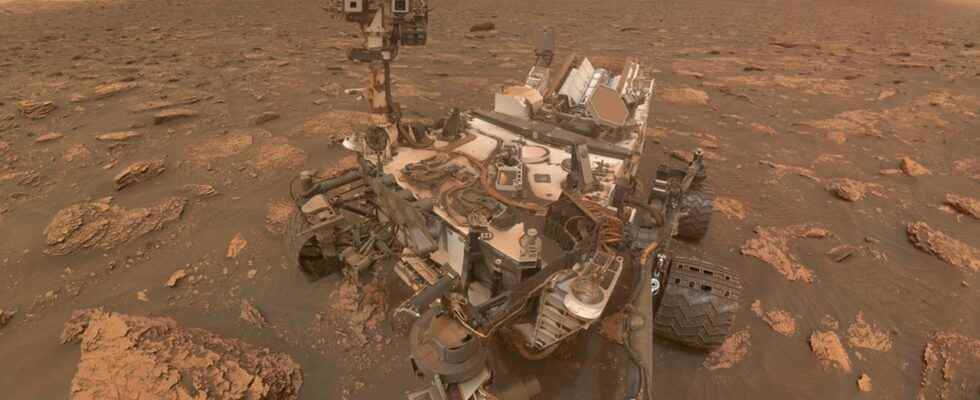The American Space and Aviation Administration (NASA) launched the Curiosity rover to the Red Planet for a journey in 2011. On August 6, 2012, the exploration vehicle landed in the Gate crater and started to investigate. The exploration vehicle, which has been working since then, sheds light on the unknowns about Mars with the information it sends. However, his latest findings have rekindled all questions about whether there was any previous life on Mars.
Carbon footprints on Mars could be cosmic formation
The Curiosity rover finally obtained a boulder to examine. As a result of the investigations on the rock, carbon footprints were found in the past days. As the work on the exciting discovery increased, information about life on Mars began to emerge. Scientists stated that many of the specimens found were also rich in Earth.

Scientists at NASA stated that as far as is known, the life cycle is needed for the discovered carbon footprint to occur. This is one of the clearest findings about previous life on Mars so far. Similar specimens have been found on Mars before. So much so that NASA states that not every carbon footprint indicates the existence of life.
While scientists think that the last carbon footprint is most likely from the life cycle, they do not ignore other possibilities. It is underlined that it may have formed as a result of a cosmic explosion dating back millions of years. Paul Mahaffy, principal investigator of the Sample Analysis (SAM) chemistry lab on Mars, was one of those who looked at the issue from the perspective of other possibilities. Mahaffy said the following on the subject.
We’re finding surprisingly interesting things on Mars, but we really need more evidence to say we’ve identified life. So, we’re looking at what else might have caused the carbon signature we see, if not life.

Curiosity has been exploring the Red Planet since 2012. It studies above and below the surface and sends its results back to Earth. Gale Crater, where it has served for years, is estimated to be a 3.5 billion-year-old deep lake containing complex organic molecules, which are the basic raw materials for life.
